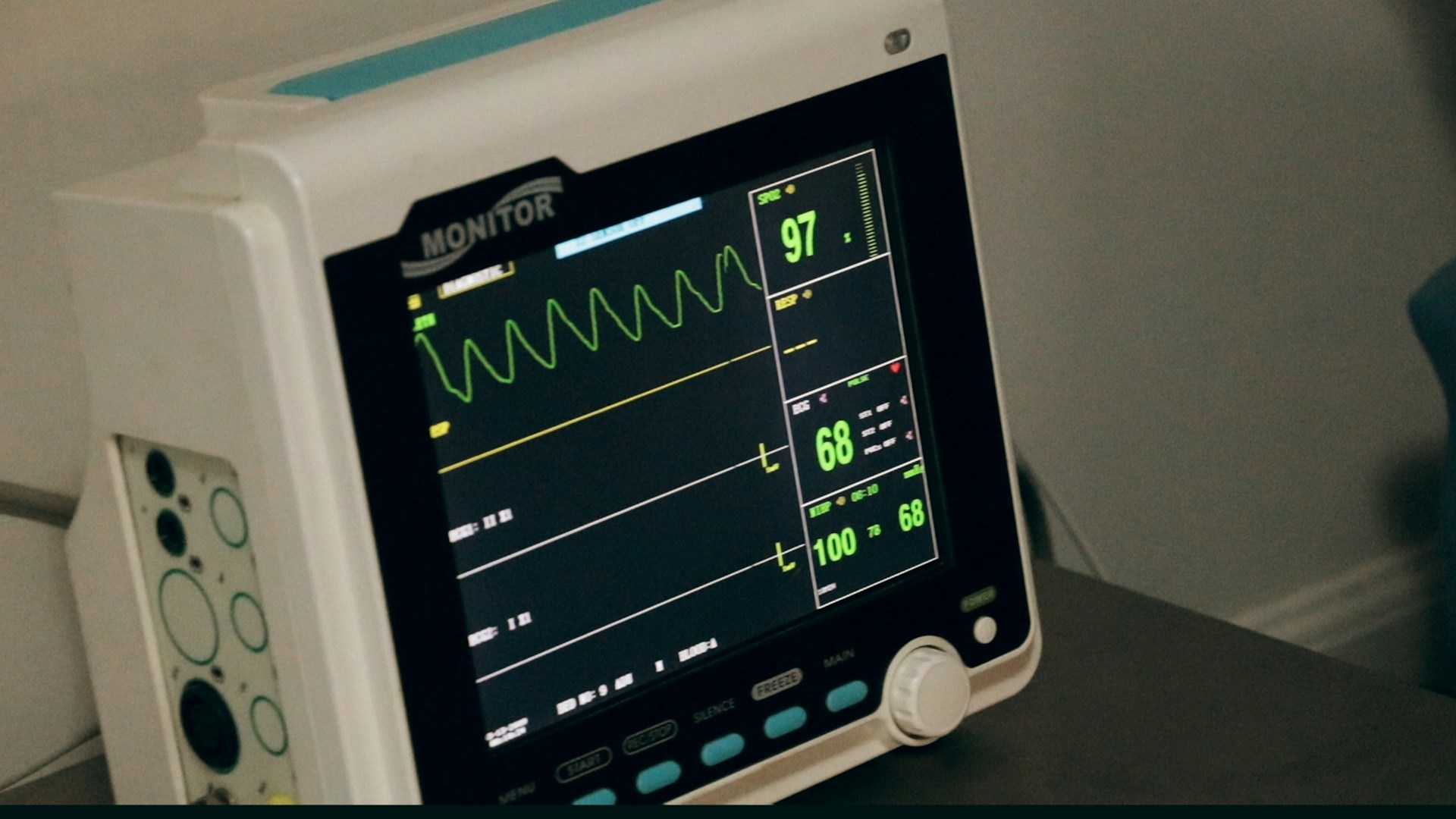Decoding Hospital RTLS Technology
Hospital Real-time location systems (RTLS) have become an integral technology in healthcare facilities. It has become a companion for healthcare staff and a true aid in providing efficient and quality patient care. In essence, RTLS allows hospitals to track medical equipment, staff, and patients in real time. This provides numerous operational efficiencies as well as improvements in healthcare delivery. But how exactly does hospital RTLS work and why is it so impactful?
RTLS utilizes badges, tags, or sensors placed on equipment, personnel, or patients. Wireless connectivity and location technology then track the movement of these devices throughout the hospital. Sophisticated software compiles this location data to provide status, movement history alerts, efficient workflow directives, and more. When time is everything, RTLS for example can ensure critical equipment like infusion pumps or stretchers are where they need to be when they need to be there.
A Powerful Case for Hospital RTLS
The benefits of RTLS are a key driving factor for hospitals. By providing real-time location and status data for key assets and people, RTLS empowers hospitals to optimize workflows and equipment utilization. This leads to better staff and patient satisfaction through operational efficiencies. This efficiency eventually trickles down to other sectors of the hospital, from better inventory management and higher cost savings, RTLS truly benefits all facets of health systems.
Additionally, when seconds count, RTLS condition monitoring has demonstrably led to faster response times for critical incidents. With outcomes like these, it is no wonder RTLS is becoming standard in top healthcare systems.
The Magician’s Playbook: How RTLS Works Its Magic
Robust RTLS platforms utilize myriad technologies like Wi-Fi, Bluetooth, RFID, and others to detect and analyze signals from badges, tags, and sensors. The specific technical infrastructure varies depending on facility specs, and requirements. For bigger and more expansive hospitals, a distributed network of access points may be required for campus-wide coverage. Hybrid systems – which can involve multiple technologies are also popular for harnessing specific strengths – like specialized staff badges.
Beyond this, even more powerful utilizations can be employed to optimize every aspect of a hospital. AI-driven RTLS can take raw data and transform it into actionable intelligence and predictive capabilities previously unavailable and or unknown. What were once blind spots or cost centers can be quickly optimized to provide maximum value to hospitals and most importantly patients. Perfect awareness of all key assets across an entire facility allows AI-RTLS to enable groundbreaking improvements to healthcare. AI-RTLS systems such as Intelligent Locations’ INTRAX™ provide actionable intelligence on a diverse set of use cases – Asset tracking, Patient tracking, Environmental Monitoring, data & analytics, and much more.
Hospital RTLS: Optimize your Health system for the better.
In summary, hospital RTLS leverages revolutionary technology to provide invaluable operational data in real-time for the people who aim to provide the best patient care experience. The benefits this enables for cost, satisfaction, and care quality are driving widespread adoption. Hospitals not currently employing RTLS should strongly consider an investment to provide the best patient care possible. Those already utilizing RTLS or even more advanced AI-RTLS are leveraging actionable intelligence and providing actionable value well beyond traditional expectations.

